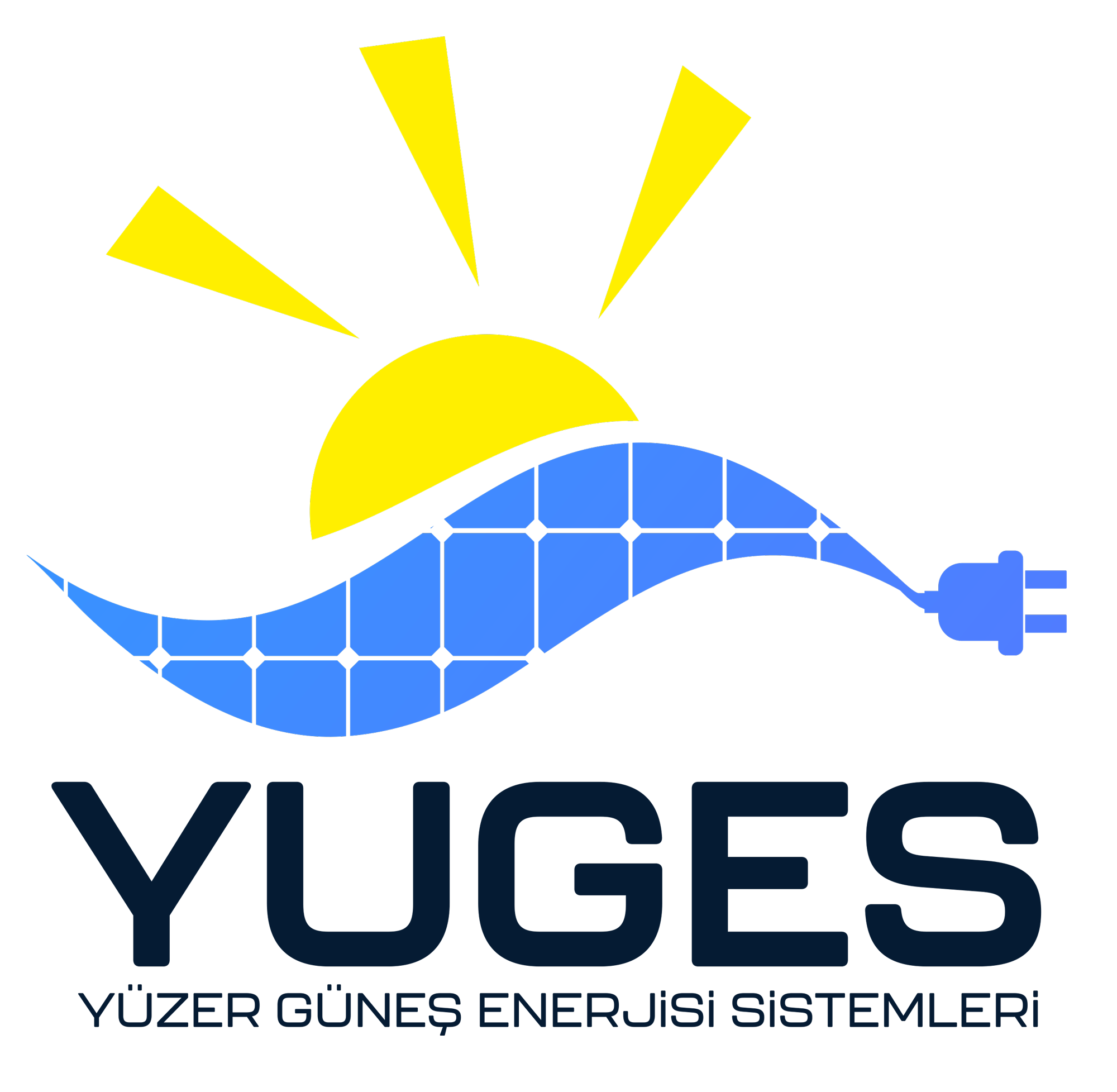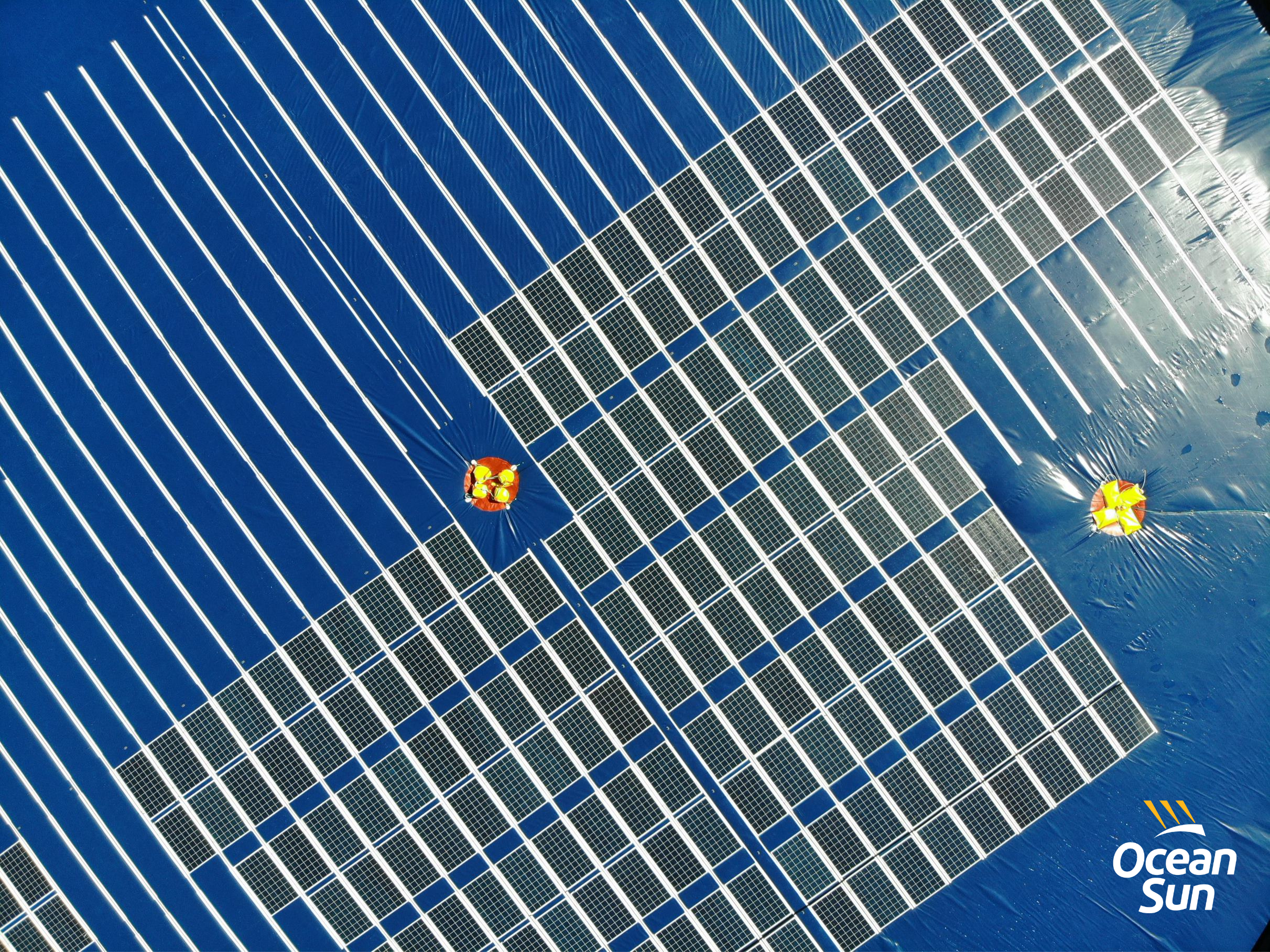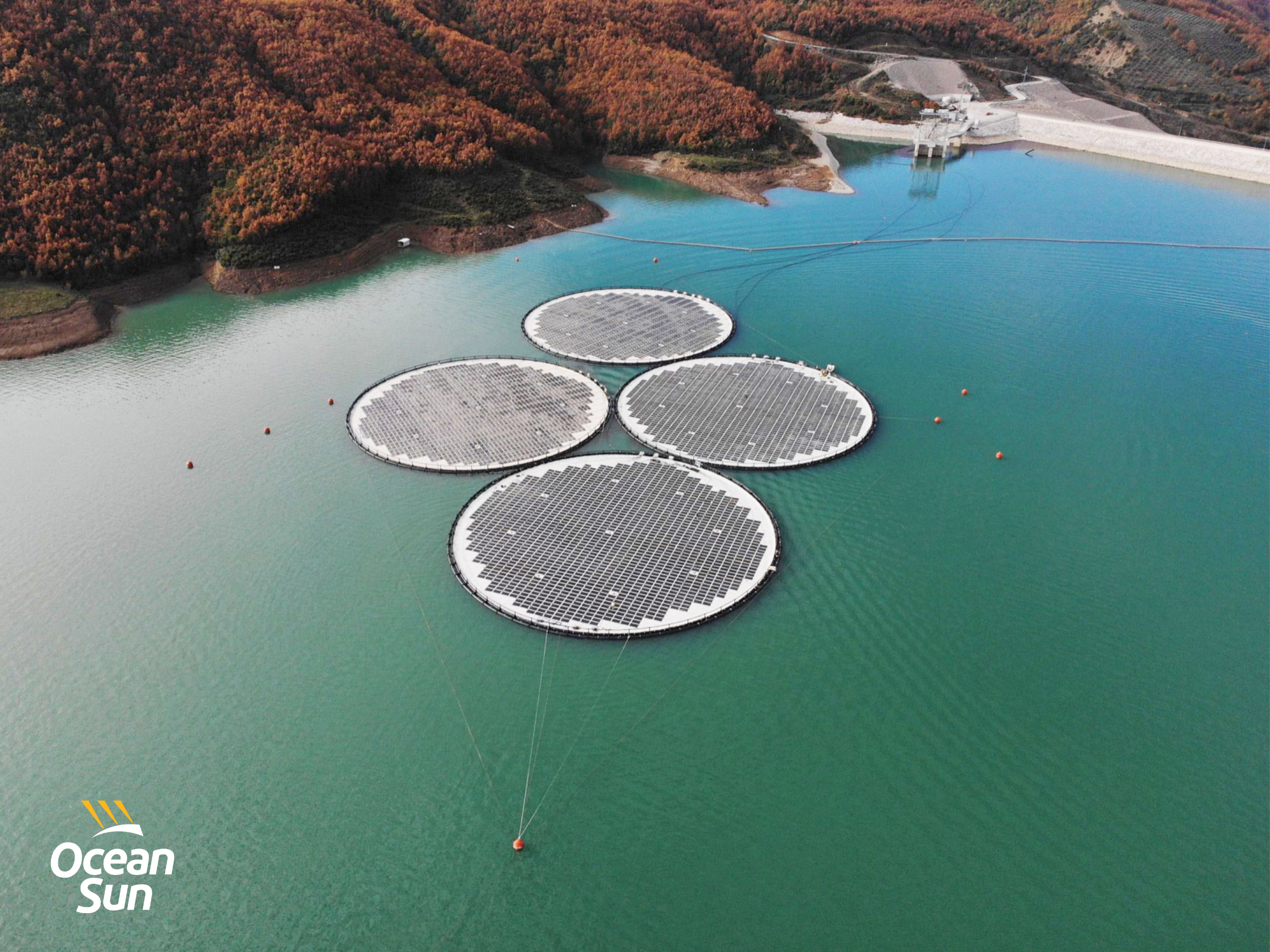The term “floatovoltaics” (FPV) refers to solar panels set in a structure that floats over a body of water, usually a reservoir or lake. Floating Solar Power Plants (SPP) or Floating Photovoltaics (FPV) are also known as “floatovoltaics” (FPV).
Since 2016, the global market for renewable energy technology has been quickly expanding. Between 2007 and 2013, the first 20 plants with less than 100 kWp were constructed.
The projects that attained 500 kVA capacity in Italy before 2010 were particularly important in spreading this sector over the world. The installed power of floating SPPs globally surpassed 3 GW in 2020, and it is predicted that this capacity would increase to 10 GW by 2025.






